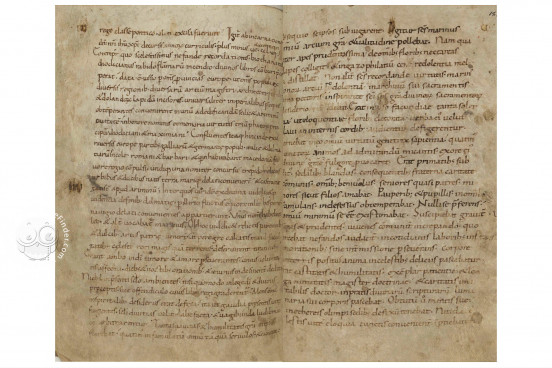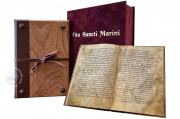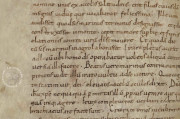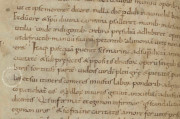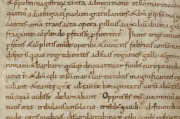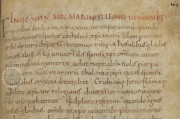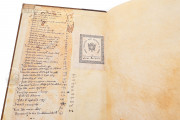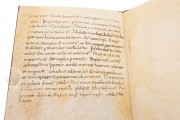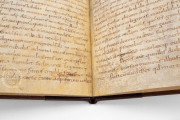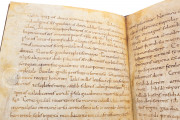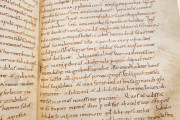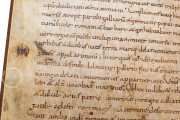Nestled within the Biblioteca Universitaria di Torino lies the historically significant manuscript Ms. F.III.16, known as the Vita Sanctorum Marini et Leonis. This fascinating hagiographic text is a testament to the early medieval era, chronicling the inspiring lives of Saints Marinus and Leo. Originating from the illustrious Monastery of San Colombano in Bobbio, one of the most important centers of monastic literary production in Europe throughout the Middle Ages.
The Gift of Mount Titano: A Historical Milestone
The Vita Sanctorum Marini et Leonis tells the captivating story of Saints Marinus and Leo, highlighting their pilgrimage and spiritual journey that culminated in the founding of the San Marino community. In a key moment, Saint Marinus is granted Mount Titano by a devout woman named Felicissima.
The narrative details the circumstances that led Marinus and Leo to champion the principles of hard work, solidarity, independence, and freedom—ideals that underpinned the formation of their community. This significant event marks the beginning of the Republic of San Marino, reflecting its core values of independence and self-governance, which have defined the world's oldest republic. Ms. F.III.16 contains the earliest known record of the words of Saint Marinus, whose teachings, as preserved in the Turin codex, form the bedrock of the spirit that has shaped the territory of Titano.
The Manuscript and its Perilous Journey
The manuscript Ms. F.III.16 is composed of 232 parchment leaves, each measuring 21.5 cm by 30 cm. It is a Passionale, a liturgical calendar inscribed in elegant Carolingian minuscule script by various hands between the late 9th and early 10th centuries. Written in late imperial/high medieval Latin, the text bridges linguistic epochs, offering a rich narrative and vivid geographical details that provide a window into the socio-religious fabric of the era.
Created at the Monastery of Bobbio, whose library housed over 700 codices in 982, the codex was preserved there until the monastery's suppression in 1803. All the volumes were seized and transferred to France until the restitution agreements following the Congress of Vienna in 1815. Only 25 out of the 150 oldest manuscripts of Latin literature in the world survived the dispersal. In 1824, after the French restitution of the codices, part of the collection was transferred to the National University Library of Turin. Among these was Ms. F.III.16, which survived the fire that devastated the Turin library in 1904 because it was temporarily on loan for study in Göttingen to the German philologist Wilhelm Meyer.
A Bid for UNESCO Recognition
Acknowledging its profound historical significance, the manuscript Ms. F.III.16 has been nominated for UNESCO's prestigious Memory of the World Program.
We have 1 facsimile edition of the manuscript "Vita Sanctorum Marini et Leonis": Vita Sancti Marini facsimile edition, published by Imago, 2024
Request Info / Price
